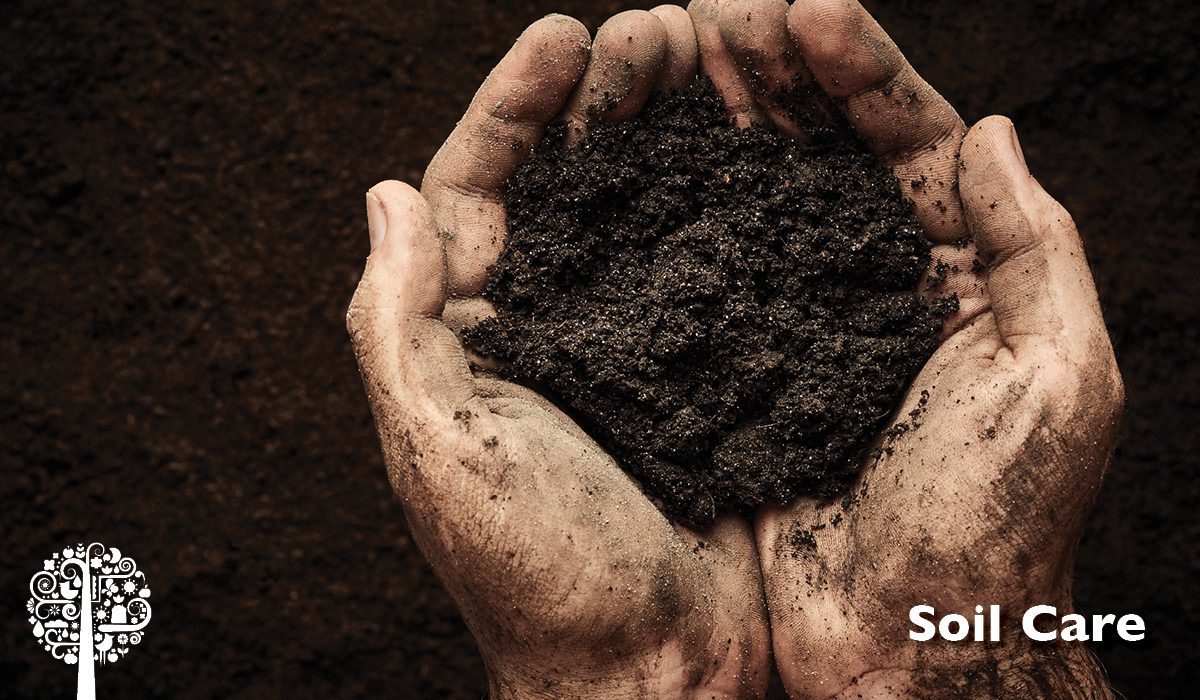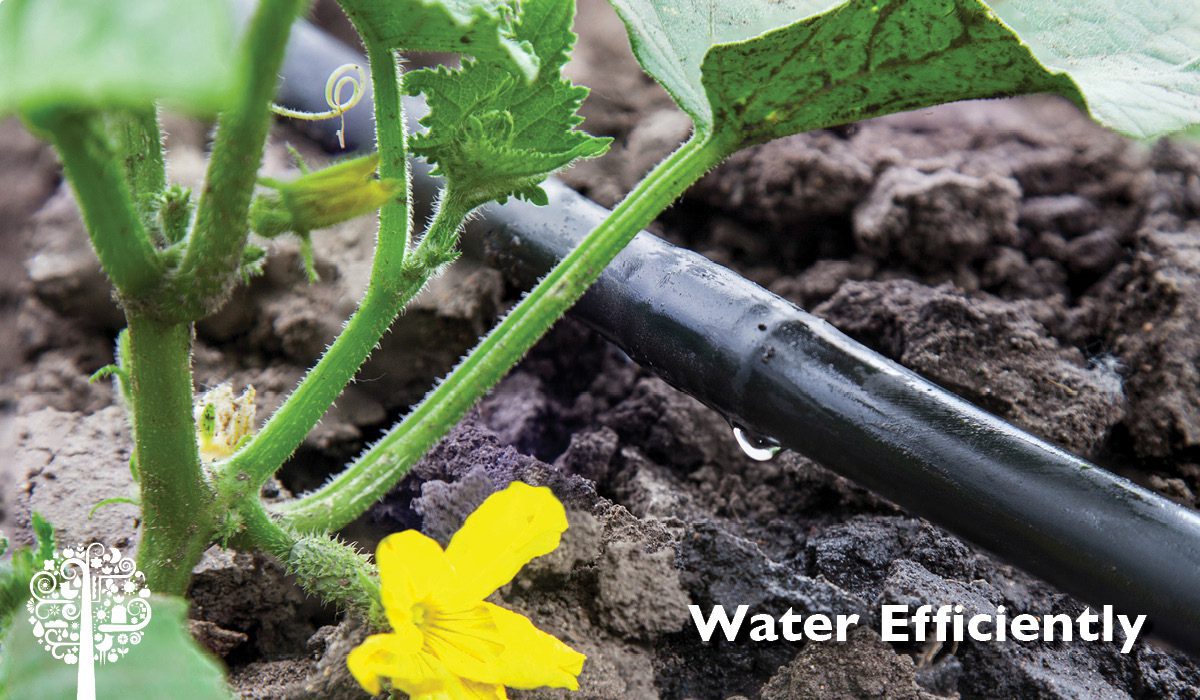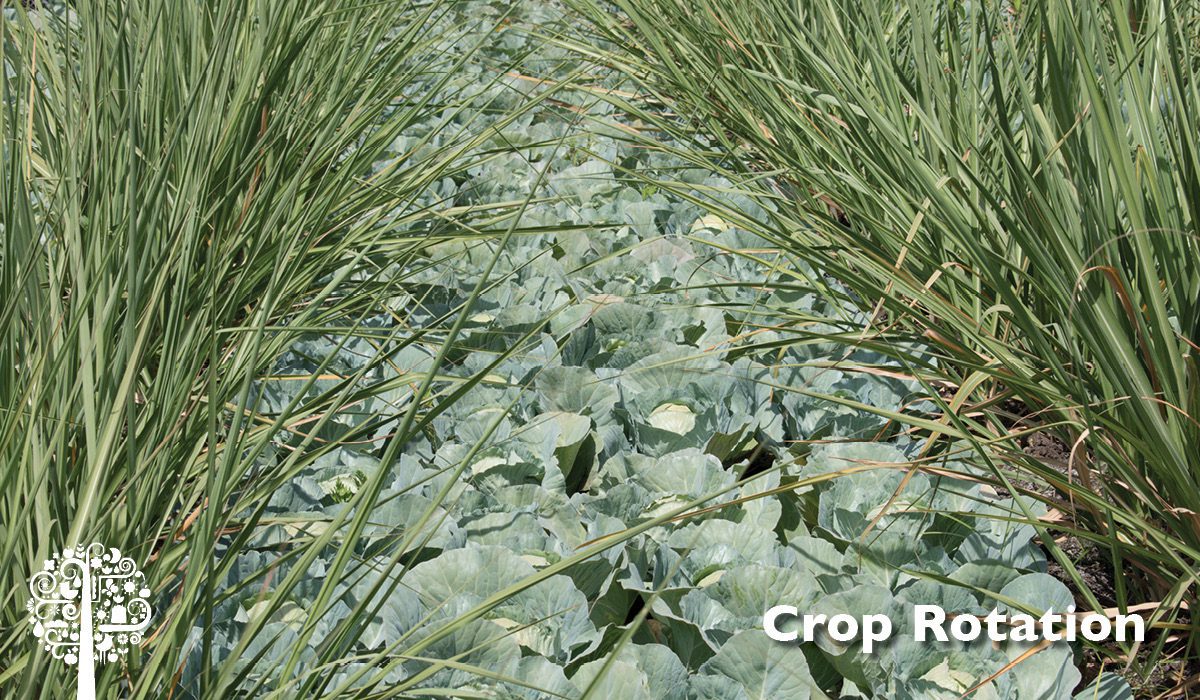As the growing season winds down, it’s time to reflect on your garden. Did you follow good cultural practices? These are a series of steps you can proactively take to help your garden reach its full potential. The key is to take these steps before problems occur, especially in the organic garden.
According to The Vegetable Garden Pest Handbook by Susan Mulvihill, stressed plants send out chemical signals that attract pests. The bugs understand the plant is weakened and choose that time to attack. Following good cultural practices from the beginning gives your plants the best chance of remaining pest and disease-free for the entire growing season.
Location, Location, Location
Just like us, all plants are different and have various environmental preferences. Most crops thrive in six hours of sunlight a day; some need more (think tomatoes, zucchinis, and pumpkins), while some require less (lettuce, broccoli, beets, and kale). Be sure the soil you’re growing in drains well. If it doesn’t, consider turning to raised beds or container gardening.
Know Your Region
What agricultural zone do you live in? Is your growing season long or short? Is your area prone to drought or a lot of rain? Selecting crops that will do well in your environment is half the battle. For example, don’t grow melons if your growing season is short; you’ll never get to harvest. And always respect your region’s first and last frost dates. It can be tempting to get your plants out early or keep them out late, but you risk losing everything to chilly nights if you do.
Soil Care
A healthy soil structure leads to healthy plants. Feed the earth, not the crops, and nature will take it from there. Disturb the soil as little as possible; that means using no-dig techniques and applying compost and other organic materials to the soil surface. A 2” layer of good quality compost in both the spring and the fall works wonders.

Water Efficiently
Underwater your plants and they get stressed. Overwatering them leads to the same result. Maintaining a happy medium of moisture in the garden is essential. If you’re too busy, consider installing an irrigation system on a timer or an automatic sprinkler system. Keep in mind that watering in the early morning is best.

Plants will need more water as they grow, so monitor and adjust watering schedules accordingly. Avoid splashing as you water; apply mulch to the garden to prevent that and never water from overhead.
Choose Disease and Pest-Resistant Varieties
Seed catalogs and garden centers offer many edible plants; it’s hard to choose sometimes. But if you’ve had problems with various diseases and pests, research and find varieties that can better resist those issues.
Plant Spacing
Again, it can be tempting to cram as much as you can into your raised bed or balcony garden, but it’s not the wisest choice. When plants are too close together, air circulation drops, and they fight for water and nutrients. As a result, they’re more prone to pests and diseases. Read seed packets and plant labels and respect the recommended spacing.
Keep A Journal
You think you’ll remember what to do and not to do for the next growing season, but you won’t. Our memories fail us, and we forget critical observations made in previous years. By keeping a journal, you can jot down the highs and lows of the season so you never repeat mistakes. You’ll also remember what worked well and be able to do it again.
Crop Rotation
Crop rotation is critical in organic gardening for many reasons. Heavy-feeding crops drain the soil of nutrients during a growing season. Move these crops to another spot in the garden and grow a plant to replenish the earth where they were previously. Also, pests and diseases often overwinter in soil; if you plant tomatoes in the same spot where blight affected them last year, blight will likely attack again. The same goes for predator bugs that lay their eggs in the soil. Plant something else the bugs don’t like to eat there instead.

Weeding
Don’t fall too far behind when it comes to weeding the garden. Not only do weeds look bad, but they also choke out the beautiful things you have growing and compete with them for water and nutrients. Take time every week to go through the garden and pick any weeds. You don’t need heavy machinery to do this; picking them out with a small trowel or by hand is good enough and falls in line with no-dig techniques.
Remove Garden Debris
After pruning plants or picking weeds, don’t let the debris sit in or beside the garden. These piles of plant material will only attract pests and diseases, defeating the purpose of all of your hard work.